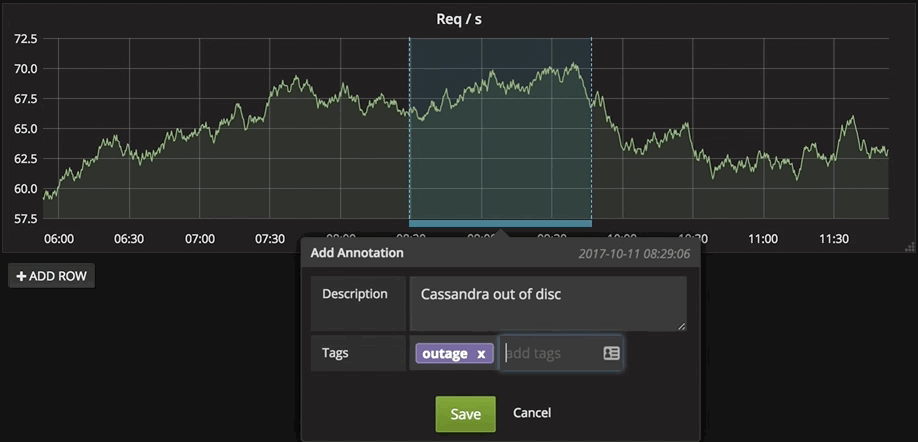Annotations And Alerts
Note: value has changed from a label to an annotation. Prometheus labels marked with a star (.) are built-in and assignment to Alerta attributes happens automatically. All other labels or annotations are user-defined and completely optional as they have sensible defaults. To create an alert based on an alertcondition, one should apply a Pine study containing at least one alertconditioncall to the current chart, open the Create Alertdialog box, select the study as the main condition for the alert, and then choose one of the specific alert conditions defined in the study’s code. Hello RanjithPc, There is a known delay between the time the alert is created and the time when the alert becomes active in Azure Monitor. You can also check the status of your alert in the Azure. The Apple Watch brings notifications to your wrist. Finally, you can get important notifications without looking at your phone—and you’ll get unimportant notifications, too. Here’s how to control your watch’s alerts.
- Annotations And Alerts App
- Grafana Annotations And Alerts
- Annotations And Alerts Meaning
- Annotations And Alerts Free
- Annotations & Alerts
- Annotations Alteryx
Back in my Java 1.4 days, I used to generate Hibernate configurations files using Velocity templates in the ant build. This approach is one example of declarative programming. You direct the tool on how to generate code, and it will build it for you. Fast-forward to now, All you need is one @Entity annotation. Again, this is still declarative programming. But it just got easier. All thanks to the annotations and the libraries evolved around it.
Java Annotation is a feature introduced as part of Java 1.5. This feature provides a mechanism to mark information to Classes, Methods and Fields.
These annotations do not affect the programs directly. But these annotations provide hints that would change the way a tool or library looks at your code. For example, The @Entity class is a standard POJO class. When your application introduces a JPA framework, the @Entity annotation comes into effect.
Annotations And Alerts App

Annotations can also help in compile-time like Project Lombok. A simple @Data annotation can generate getters, setters, equals, hashcode and other simple POJO methods.
A compiler will give errors if you use @Override and the actual method signature looks different. This error is another example of compile-time scoped annotations.
I’ll explain how annotations can be defined and used with a simple example.
Grafana Annotations And Alerts

Annotations And Alerts Meaning
Here Alert annotation contains the information(meta-data) about whom to call in case of each Exception.
Note that without the whole processException part, The annotation is meaningless. And that is the ingenuity of annotations. They don’t fundamentally change how your class works. It is more about how you can utilize these metadata at runtime to add additional behaviour.
Classes annotated with a particular annotation can also be looked up with the help of reflection.
If you look at the above two examples, You can get clarity on how spring boot internally handles these annotations.
Annotations And Alerts Free
A typical Spring boot application starts with the help of SpringApplication.run(Main.class) call. This method call is static and takes a class name Main.class as a parameter.At this point, spring boot has enough information to boot the application. It uses the main class’s package as root and looks for classes that hold spring-related annotations.
For Example, If you include spring-boot-starter-data-jpa it will look for all @Entity and @Repository annotated classes and interfaces. For spring-boot-starter-web Annotations like @RestController, @RequestMapping etc are processed.
Annotations & Alerts
What classes to look and which auto configurations to run are available in a special descriptor named META-INF/spring.factories. With all of these combined, you have your spring boot application.
Annotations Alteryx
We will speak about spring.factories later in this series.
